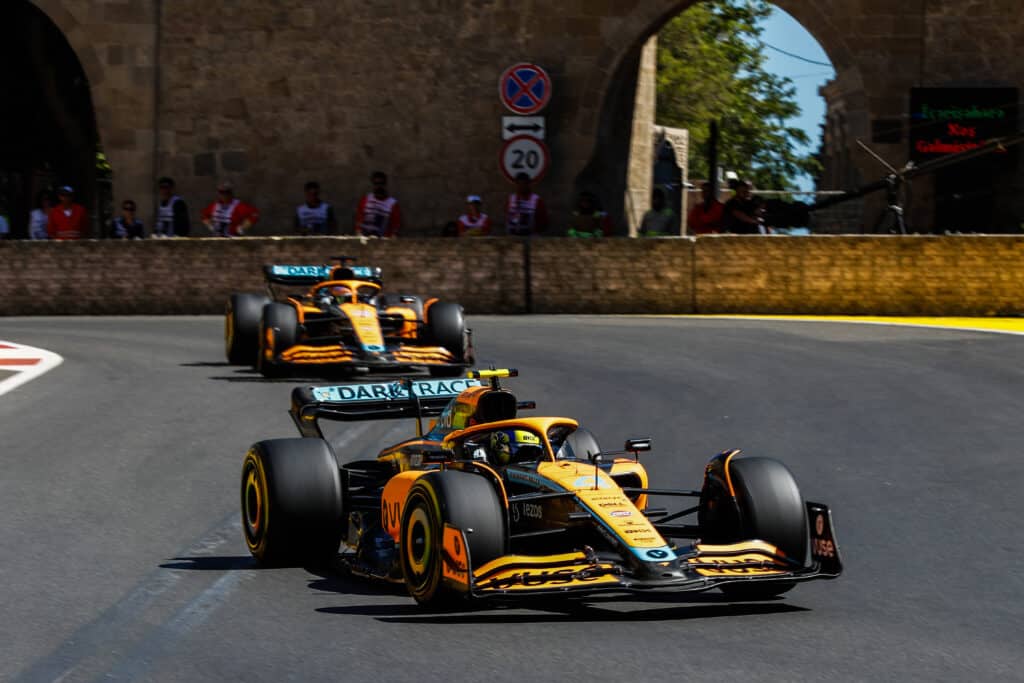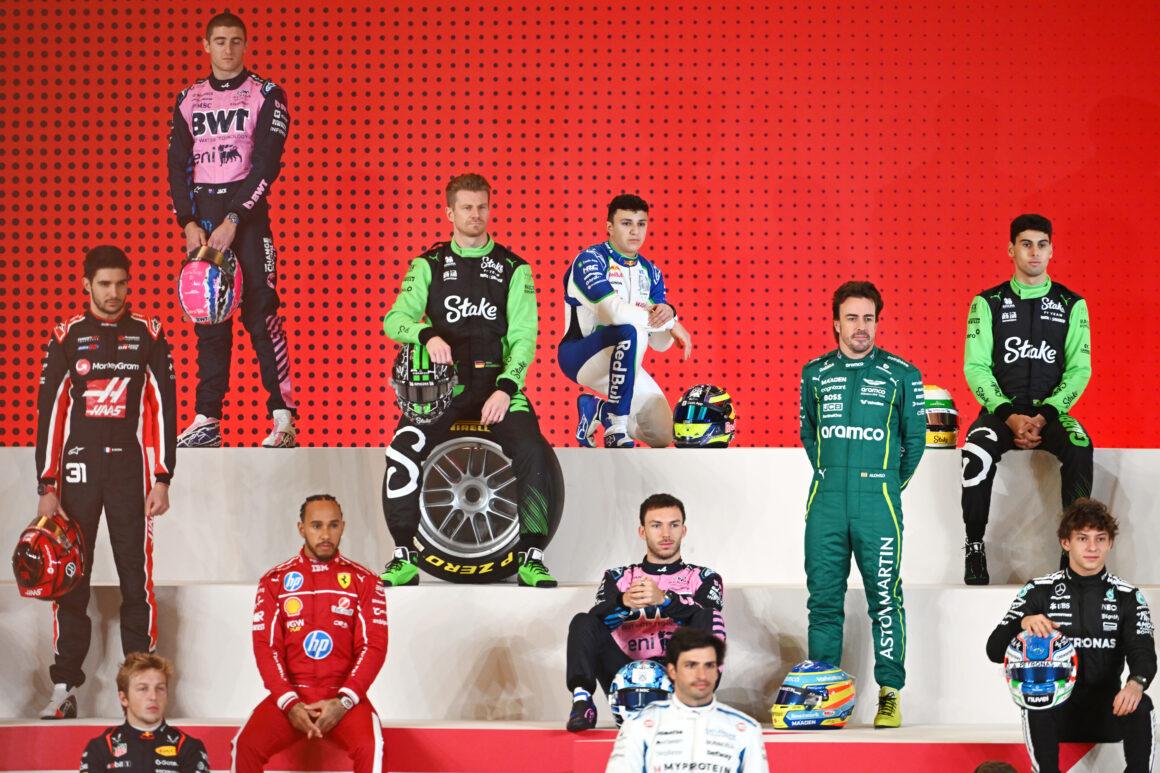F1 is a sport that features excellent aerodynamics and fast racing. The slipstream effect is one of the strategies employed by drivers to outperform their rivals. We shall examine what slipstream is, how it functions, and who it can help in this article.
The distinction between slipstream and dirty air will also be discussed, as well as how the new F1 2022 regulations hope to lessen the negative effects of dirty air on following vehicles.
What is Slipstream and How Does it Work?

Slipstream is an aerodynamic maneuver used by F1 cars to position themselves behind another vehicle and increase speed. The vehicle in front “punches a hole” in the air for the vehicle behind it, lowering air resistance and enabling the latter to accelerate. A “tow” is another name for this maneuver.
Slipstream happens when an automobile is following another car down a straight. As the lead automobile creates downforce, circulation occurs behind the car, creating a region of lower pressure. The following car needs to exert less effort to overcome the air resistance if it is close enough to be “pulled” into that area of low pressure. Slipstreaming increases speed the closer the cars are aligned.
Slipstream vs. Dirty Air

In corners where the automobiles are already grip-limited, dirty air occurs. The leading vehicle efficiently expends the energy of the approaching air and leaves behind “dirty air,” or air with a low total pressure. The next car’s aerodynamic performance has decreased as a result of this disruption in the onset flow. The driver slows down as a result of this effect to navigate the corner.
The automobile behind has to slow down to make the bend because dirty air reduces downforce and throws off the aerodynamic balance. Due to the lower pressure of the incoming unclean air and the necessity to control engine, brake, and tire temperatures, drivers must also slow down when following a vehicle. All of the cooling systems may be impacted if the automobile behind the lead vehicle experiences a decrease in total pressure. All of that leads to system overheating, which forces drivers to generally back off in order to control those systems.
On the other side, slipstream can be advantageous when the car’s grip is not limited. When an automobile is following another car down a straight, it is said to be slipstreaming.
While it may seem odd that this change in onset flow conditions has such a significant impact on F1 cars, it can be primarily attributed to the amount of aerodynamic optimization that F1 teams are now capable of achieving. Moreover, Formula 1 is an open-wheel concept, unlike saloon car racing, therefore managing the tyre wake is necessary. It is frequently forced away from the car since this air flow is so turbulent and destructive. However the subsequent car’s difficulty breathing unclean air is made worse by the wake that the leading vehicle has left behind.
Future F1 2022 regulations will attempt to lessen the size of these wakes and dirty air so cars can follow more closely as well as to draw this turbulent air inboard and then discharge it up and over the car in back. Cars should be able to overtake in the corners and follow one another more closely in this fashion. On the straights, there is a side consequence though; the wake now comes upon the following car in the shape of a teardrop. This could mean that the slipstream won’t be as effective because the following automobile won’t see a reduction in drag.
In conclusion, slipstream is a crucial F1 strategy that can provide a driver an edge over rivals. Slipstreaming can be beneficial when the car is not experiencing grip limitations, however foul air can make a driver slow down. Only time will tell what these new regulations will bring to the next age of Formula One, but they attempt to lessen the detrimental impact of unclean air on following vehicles.

